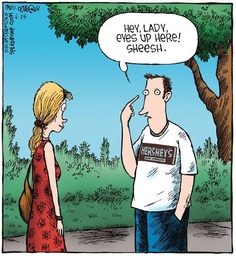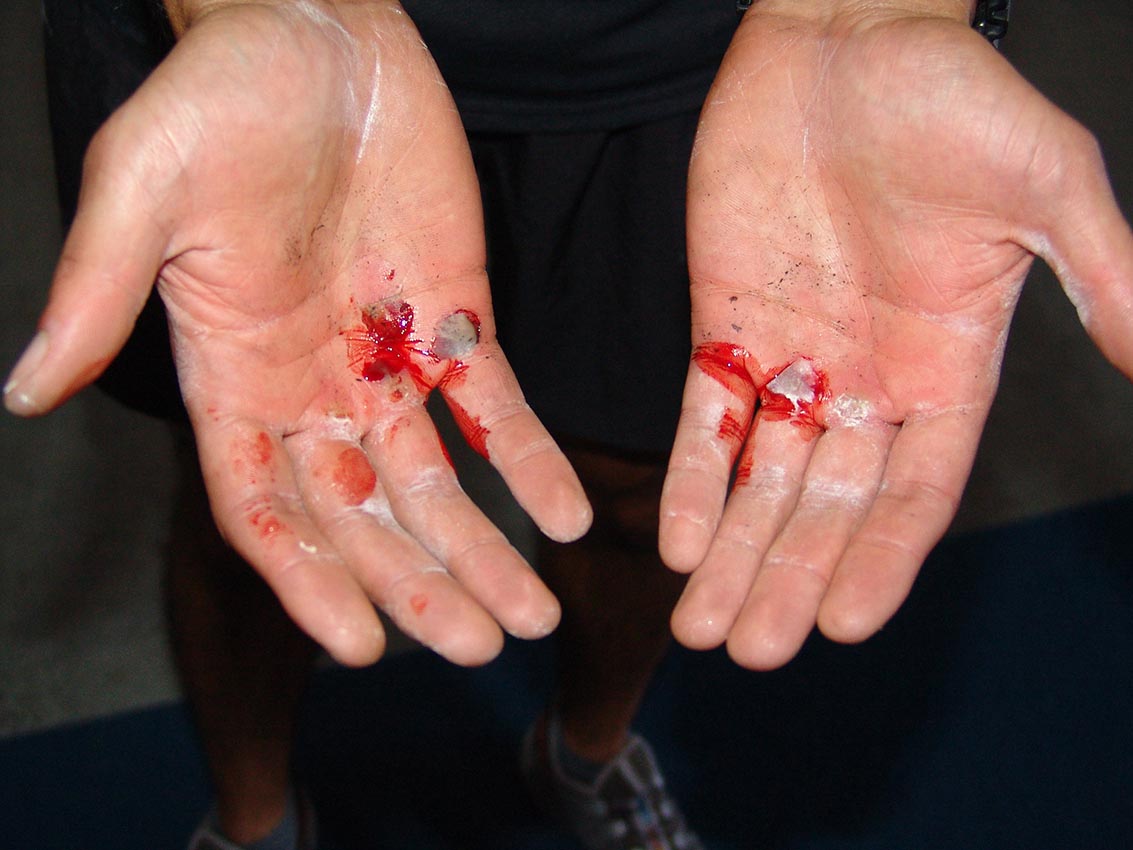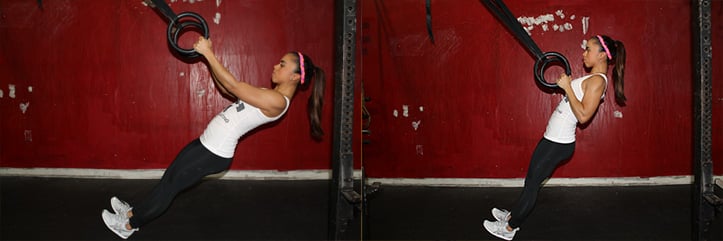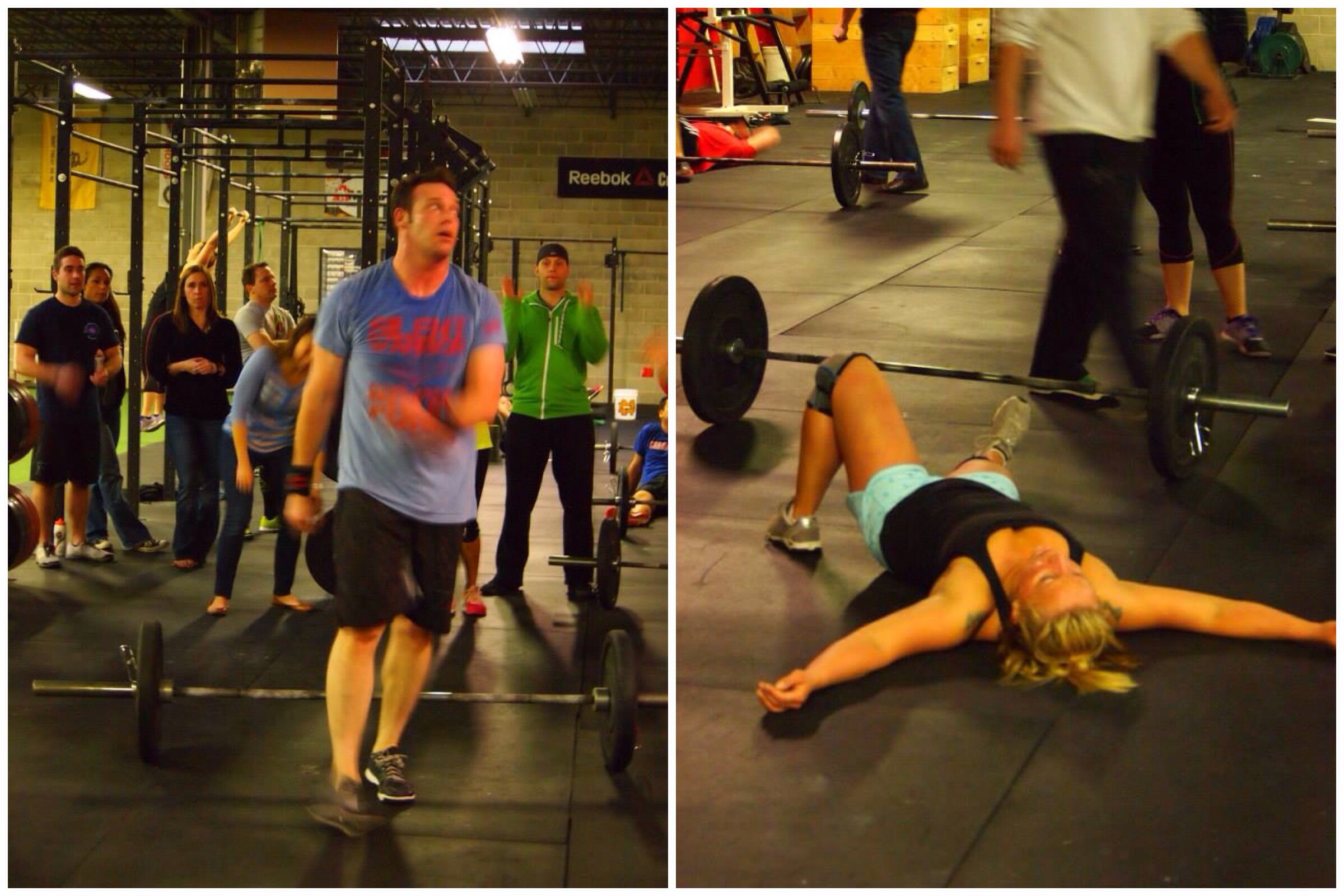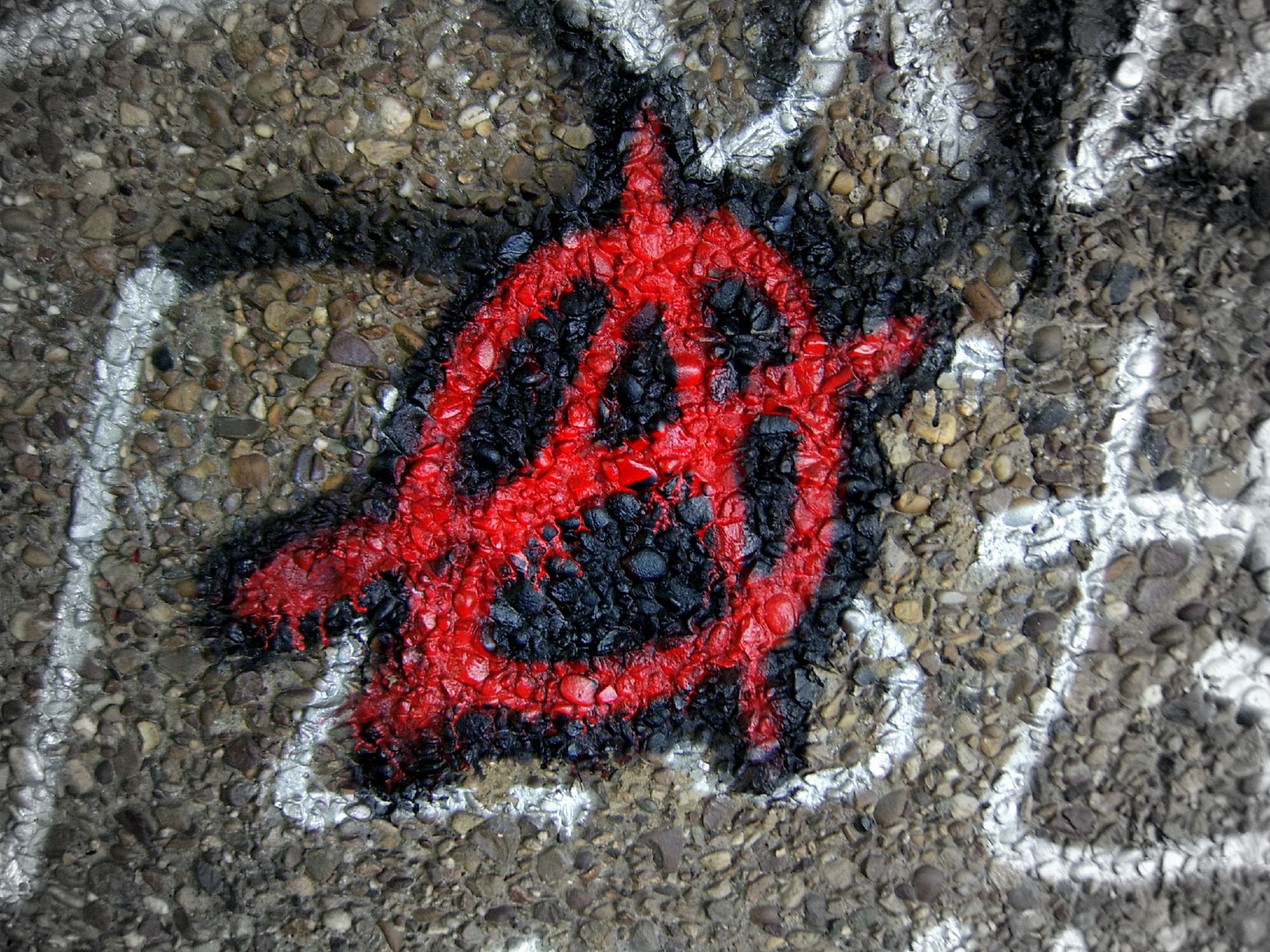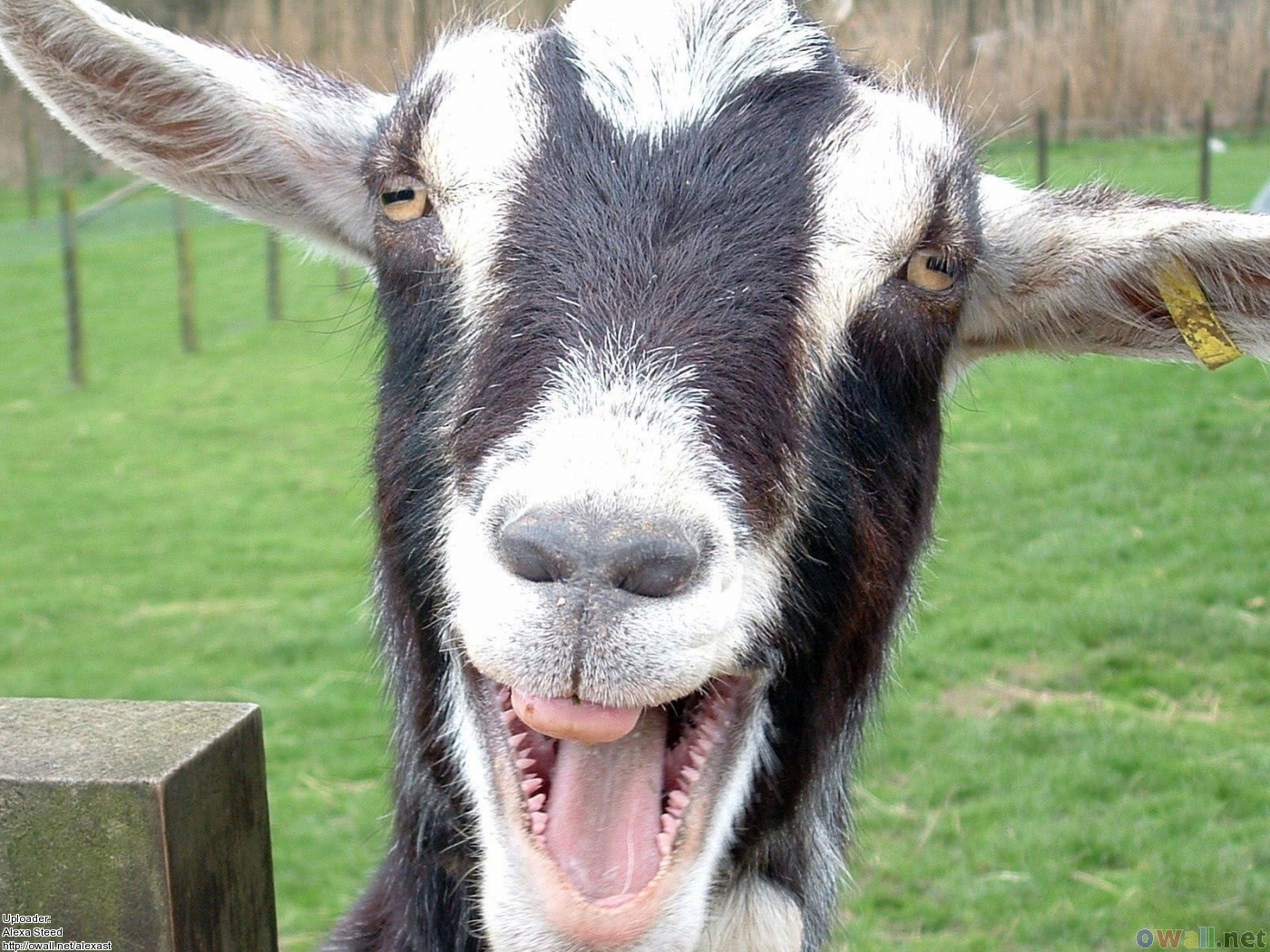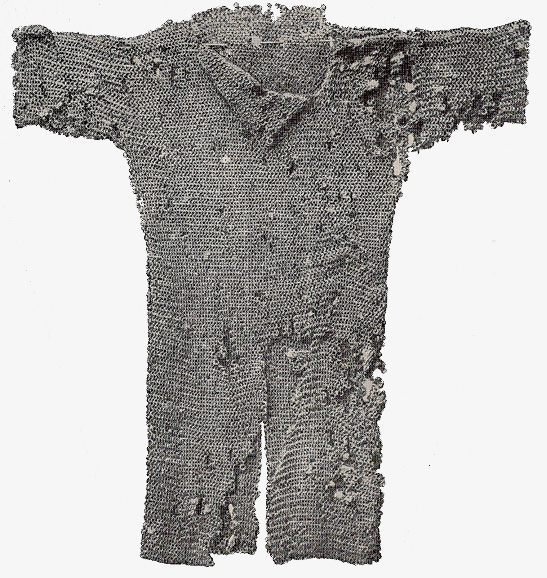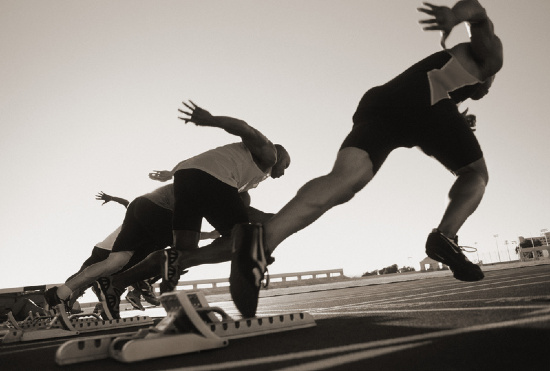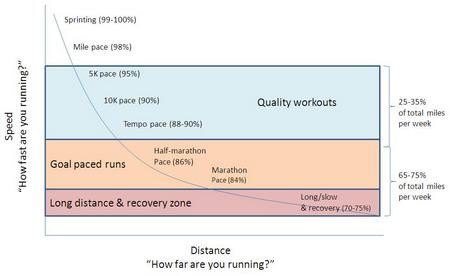The Jerk
It can make or break you, the Jerk. It's that tiny difference between a successful lift and the feeling of utter failure.
There you are, having cleanly racked a barbell to your shoulders, spectators cheering your name, a few even shouting quick motivational cues. You can feel the positive vibes. All eyes on you. Your adrenaline soars for an attempted personal record. A deep breath in, you brace, you dip, you drive, you drop under, aaaand... you miss lock out. Hopes fall to the floor like a barbell full of bumper plates.
What a jerk.
Just like our focus on the Snatch and the Clean from previous years, all pieces of Olympic Weightlifting deserve attention in our pursuit of fitness and athleticism. Specific goals include overall strength, power, and coordination, while maximizing ROM and focusing on results.
Which brings us to the Jerk. That aptly named element of Oly Lifting that exists as part of each summer Olympics.
Usually in conjunction with the Clean, the Jerk is a completion of taking an implement (typically a loaded barbell), and moving it from shoulder height to overhead. But it also can stand alone as its own lift and the move deserves a focus in itself.
Particularly because the Jerk is a dream crusher.
It sucks the life out of lifters. To hit a Clean but miss the Jerk can be traumatizing. It cuts you down to size; it picks you apart like a bully. The Jerk senses your weakness, leaves you insecure, and talks shit behind your back.
Like any bully, it needs to be squashed. Yeah, sure, we all know bullies have their own insecurities-- the Jerk is always playing second fiddle to the Clean, nothing but a shadow in the highlight reel of the Snatch. But a jerk is a jerk and needs to be put in its place.
Hammer technique and positioning and you can defeat this brute of a bully.
A handful of start and finish positions can and should be utilized to stage a counterattack on the Jerk. The goal is to build power and muscle strength and also elicit a central nervous system response (memory of body position) for future development.
Pow, right in the kisser.
Jerk Checklist: 1. Set-up 2. Dip 3. Drive 4. Drop 5. Finish (base change to catch position in power stance or split position)
Let's focusing on a couple of these steps in conquering the Jerk...
Set-up Feet flat under hips, bar sits on the shoulders with the grip slightly wider than shoulder width. (A Snatch grip Jerk is a great exercise, but if we're looking at finishing a ground-to-overhead movement, the Jerk will occur in the front rack.) Elbows adjust to sit below and slightly in front of the bar. Stance is approximately shoulder width. With neutral neck position, head is tucked slightly back allowing bar to pass.
Drive Extend the hips after a short and purposeful dip before dropping under the bar. An early drop leaks power. Use the legs and hips to drive the barbell into the air and past the face.
Drop Also known as the "re-dip," dropping under the bar creates the movement as a Jerk versus just a press. Actively drive your body under the bar by pushing with the arms to use the barbell as counter momentum. This is an under-utilized portion of the Jerk, causing misses of the lift when in actuality the barbell was plenty high in the air above the forehead. It takes confidence in getting under a barbell, and experience in being brave enough to drop without losing stability in the core and midline. Keep the bar over the center of the body rather than pushing it forward and away from a solid shoulder position.
Again, we use Jerks and related movements at Amplify to foster athletic development, and we can safely perform the lift even while members are learning the movement. See a synopsis from CrossFit.com here.
There are also plenty of great technique and instructional videos out there. Use the following as a starting point:
California Strengthhttp://www.youtube.com/user/CaliforniaStrength
When discussing barbell jerk technique, like other Oly Lifts it's flat out essential to have visuals. So first up is a slow motion Clean & Jerk by Chad Vaughn. Next in line is Coach Mike Burgener, well-known CrossFit instructor and the resident guru of Olympic Lifting. Finally, you see a few videos of elite level C&J, both men and women.
Slo-Mo Clean & Jerk
Coach Mike Burgener (more start-up instruction here)
Hossein Rezazadeh World Record
2013 Women's World Championships
We will not be putting too much emphasis on the kettlebell, but KB Clean & Jerks are a great conditioning tool. They look a little like traditional barbell movements, with similar hip action needed, but are definitely their own exercise.
Kettlebell Clean & Jerk
If we look at the common errors in Jerk development, it would make sense to examine a few limiting factors. What we often find are flexibility/mobility issues, bar path errors, and poor footwork. Overhead strength and confidence might be lacking as well, which can keep an athlete from developing that experience and repetitions with the lift so necessary to make gains.
Mobility We've focused on this in the past, but it is always a recurring theme: maximize your flexibility and range of motion, and your missed lifts will become fewer and fewer (not to mention you'll remain safe through the lift).
- Work all movements overhead: strict shoulder press, push press, push jerk, and split jerk.
- Remember, dropping under in a jerk is a high-skill move requiring balance and coordination. Warm-up is needed, as well as drills to maintain active shoulders. PVC and light loads will help alert the joints, namely the shoulder sockets.
Bar Path In a front rack, if the bar is not moving up past the face correctly then the whole lift is compromised. (IE: the bar moves too far down and away from the body in the dip.) Drop the hook grip, drop the elbows slightly, but remain tight.
- Lose jerks forward a lot? You're probably lacking the upright upper body strength and positioning, and maybe even the confidence, to get a good drive on the barbell. Correct this while keeping your chest and shoulders up on the dip and keeping the bar over your midline.
- Actively push yourself under the barbell as you drop. Drive fast under the bar, finishing with your head through yet still neutral. Maintain active shoulders, even after the catch.
- Keep pushing the bar upwards and move your body accordingly to finish your lift, instead of chasing the bar around the gym.
Footwork Perhaps overlooked in importance is our footing while dropping under the bar in the Jerk.
- Push Jerk: Move the feet from your start to finish position, jumping to landing if that helps, with a slight move in feet. No need to land super wide; you may get lower in your drop but it doesn't necessarily help stability in the lower body.
- Split Jerk: This is the go-to for most Olympic athletes to drop deeper for potentially heavier weight. Keep the bar over your center mass and move your feet in a lunge as you re-dip. Since we can't get as much elevation on a heavier barbell through the drive, this allows a lifter to get lower underneath in the catch. Feet go as wide as a Push Jerk, but obviously split-- keep forward shin mostly vertical and back knee slightly bent. Finish your lift by pushing the front foot back a shuffle, then the back foot moves to return feet under center. This keeps the bar from moving forward too much as the lifter stands up fully.
- Squat Jerk: Landing is similar to a Snatch Balance, but this is quite the difficult move requiring enough mobility for a narrow grip overhead squat. Drop is fully into a squat. Some flexible Olympic athletes can be seen using the Squat Jerk in competition.
Now get to work standing up to that Jerk. Stay strong, friends, and remember to seek help from a trusted adult if needed. And if you happen to get knocked down, wipe the dirt off and get back up fighting. You'll be better for it.
-Scott, 7.7.2014













